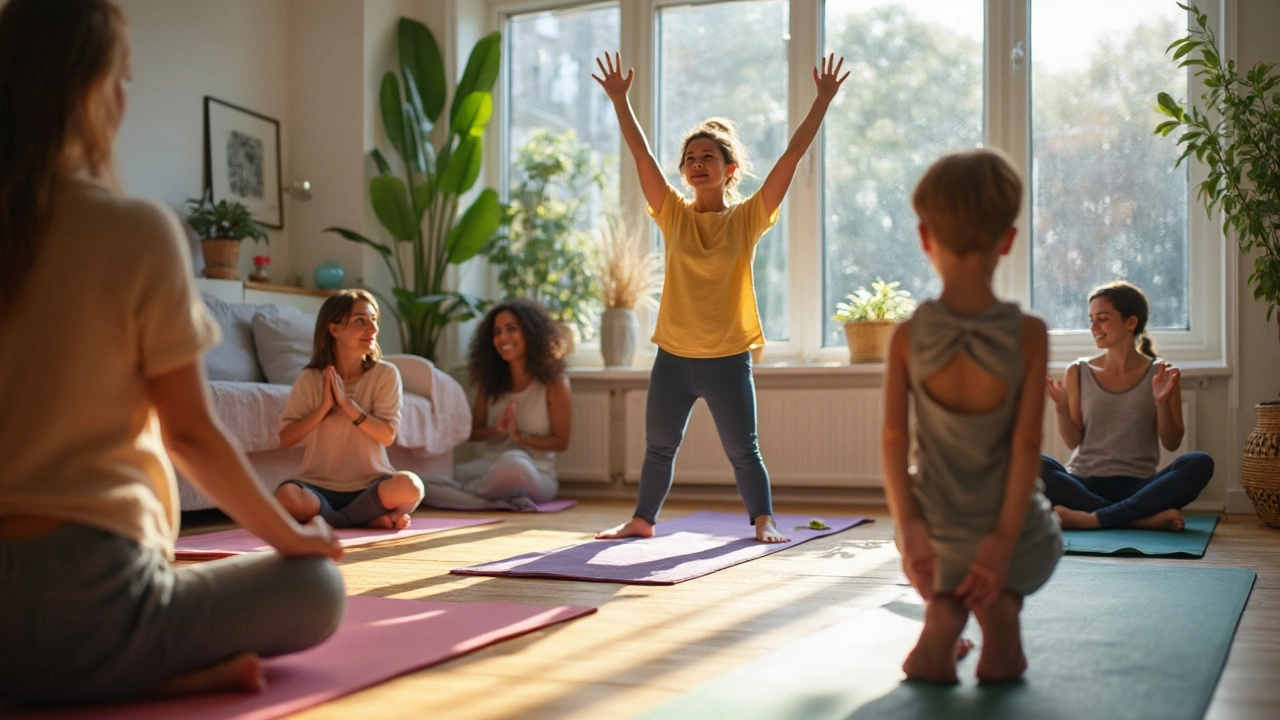Yoga at Home: Easy Routines to Feel Better Every Day
Ever wonder if a short yoga practice in your living room can actually make a difference? The answer is yes. You don’t need a studio, fancy props, or hours of free time. A few minutes of mindful movement can improve flexibility, reduce stress, and even help you stay fit.
Start With a 20‑Minute Daily Flow
One of our most popular posts, “Is 20 Minutes of Yoga a Day Enough Exercise?”, shows that a focused 20‑minute session hits the sweet spot for most people. Pick a time you can stick to—maybe right after you brew your morning tea or before you start work. Warm up with a few cat‑cow stretches, then move into sun salutations to warm the spine. Finish with a seated forward fold and a brief meditation. You’ll notice better posture and a calmer mind without spending the whole day on the mat.
Can Yoga Be Your Only Workout?
Another question we get a lot is, “Is Yoga Enough for Fitness?” The short answer: it can be, if you plan it right. Combine strength‑building poses like Warrior II, plank, and chair pose with a flow that raises your heart rate. Add a few rounds of high‑intensity sun salutations and you get cardio, strength, and flexibility in one session. Over time you’ll see improved endurance and toned muscles, even without weightlifting.
Here’s a simple “yoga‑only” plan you can try for a week:
- Monday, Wednesday, Friday – 30‑minute flow with emphasis on standing poses and balance.
- Tuesday, Thursday – 20‑minute gentle flow focusing on hip openers and spine mobility.
- Saturday – 15‑minute core series: boat pose, side plank, and low‑boat variations.
- Sunday – Rest or a short meditation.
Stick to this schedule and you’ll feel stronger, more flexible, and less stressed. The key is consistency, not length. Even a short, daily practice beats an occasional long class.
If space is tight, roll out a folded towel or use a yoga mat that folds easily. No extra equipment is needed, but a sturdy chair can help with modifications. Keep a water bottle nearby and wear comfortable clothing that lets you move freely.
When you’re just starting, focus on breath. Inhale and lengthen, exhale and release tension. This breathing habit carries over to everyday tasks—lifting groceries, sitting at a desk, or dealing with a hectic schedule.
Remember, yoga at home is about finding what works for you. Some days you’ll feel energized and want to push harder; other days a gentle stretch will do. Listen to your body, adjust the intensity, and enjoy the process.
Ready to make yoga a habit? Pick a corner, set a timer, and start with the 20‑minute flow we mentioned. You’ll be surprised how quickly a few minutes can transform how you feel, both physically and mentally.

Beginner Yoga Guide: How to Start Yoga at Home Safely and Effectively
Maeve Larkspur Jun 25 0Wondering how to start yoga as a beginner? This practical guide makes choosing a style, getting equipment, learning poses, and sticking to your yoga routine simple and clear.
More Detail